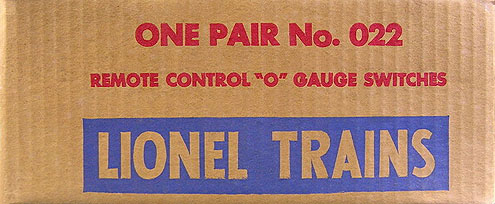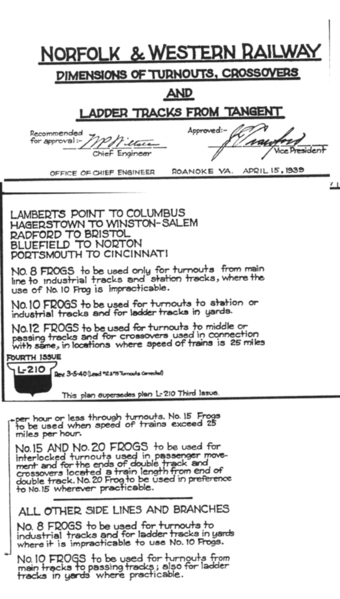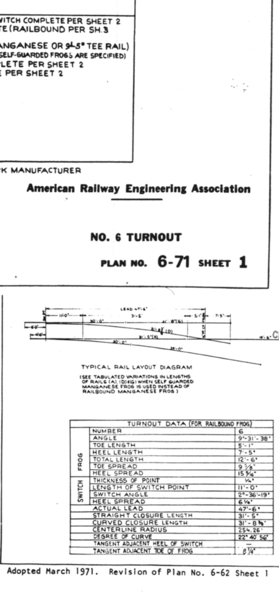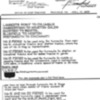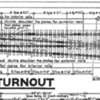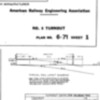Even the LIRR can't make up its mind. Here is a paragraph from a 50+ page engineering design document that is the basis for the LIRR's Floral Park to Hicksville Third Track Project.
"As part of the track alignment and profile design, the Consultant shall connect main track to existing or new interlockings and specify the geometry, size, and locations of switches, turnouts, crossovers, and interlockings. New track shall be 136lb continuous welded rails supported by concrete ties. New Main Line Interlocking switches shall be electrically operated high speed turnouts with moveable point frog (MPF) supported by concrete ties. New Freight and Siding switches connecting to the Main Line shall be size 10 hand thrown T20 electrically-locked spring frog switches, supported by concrete ties; or electrically operated size 10 M23 switches for interlocked controlled sidings. All track work shall conform to LIRR MW-2000, LIRR CE-1, and AREMA standards."








